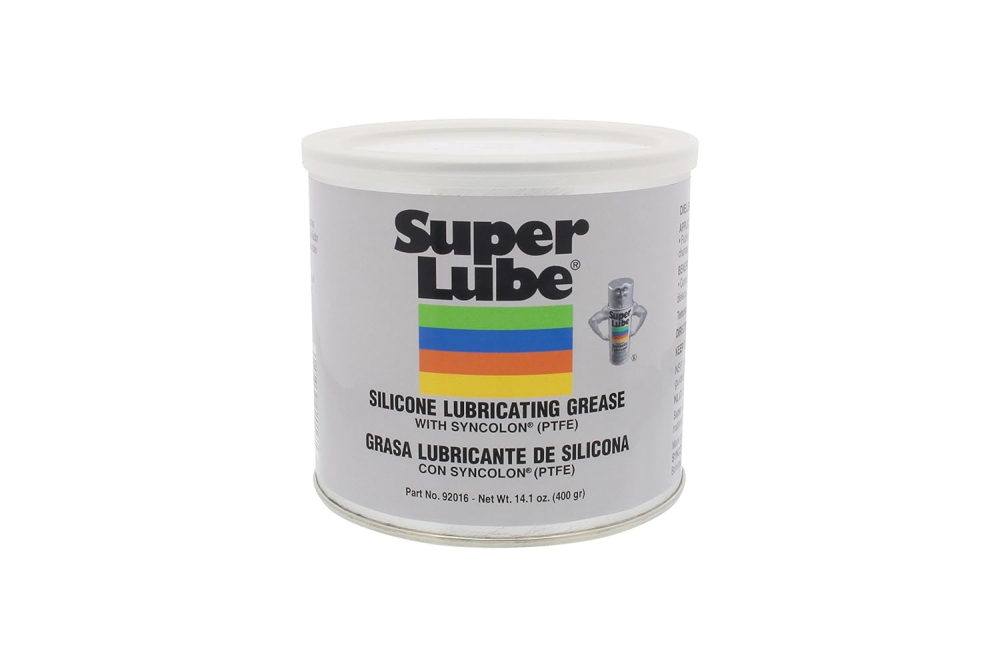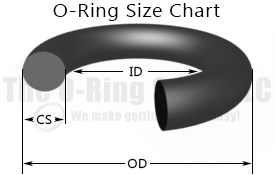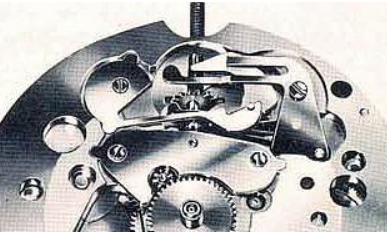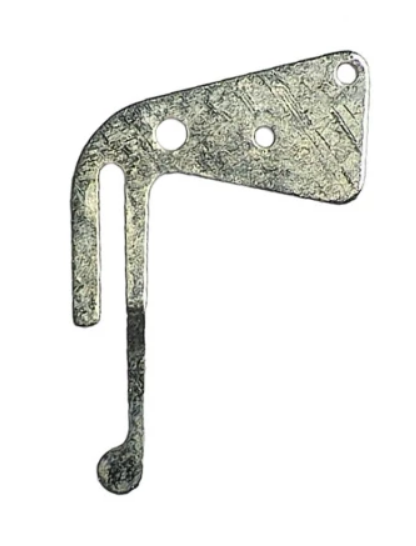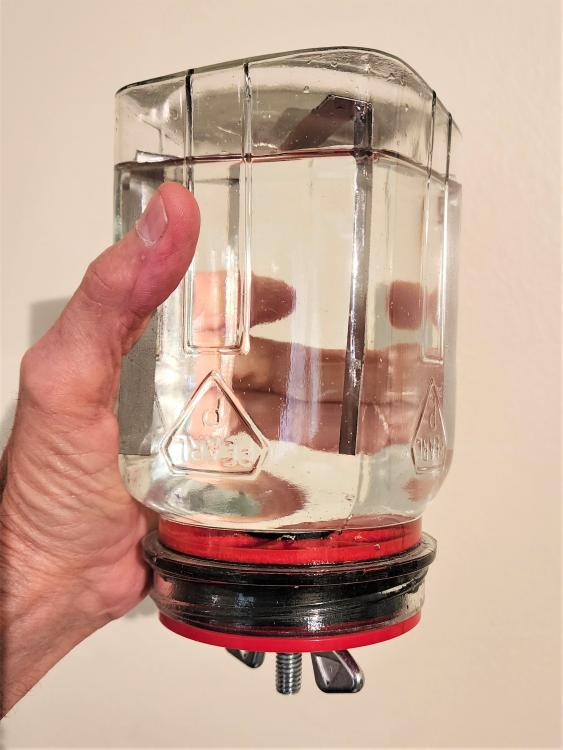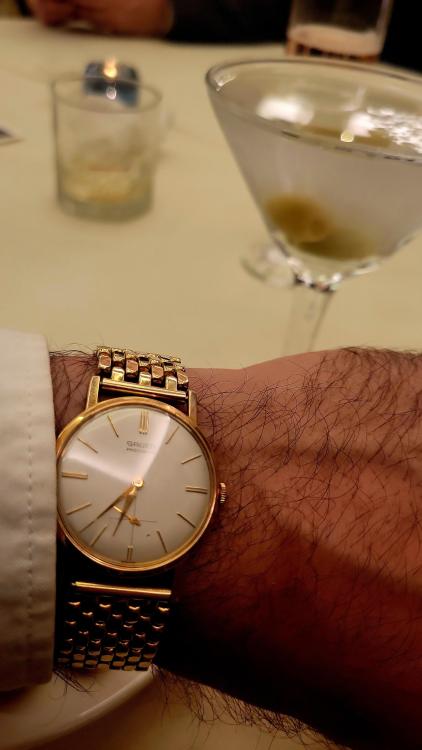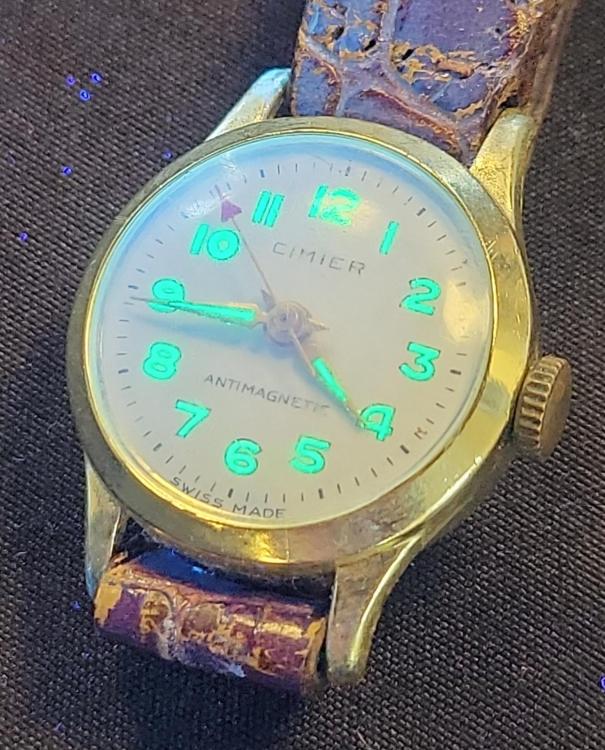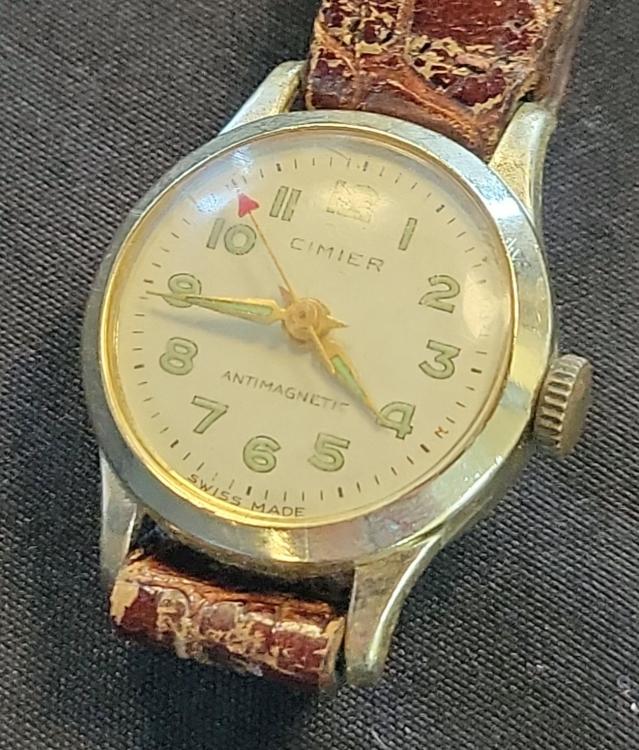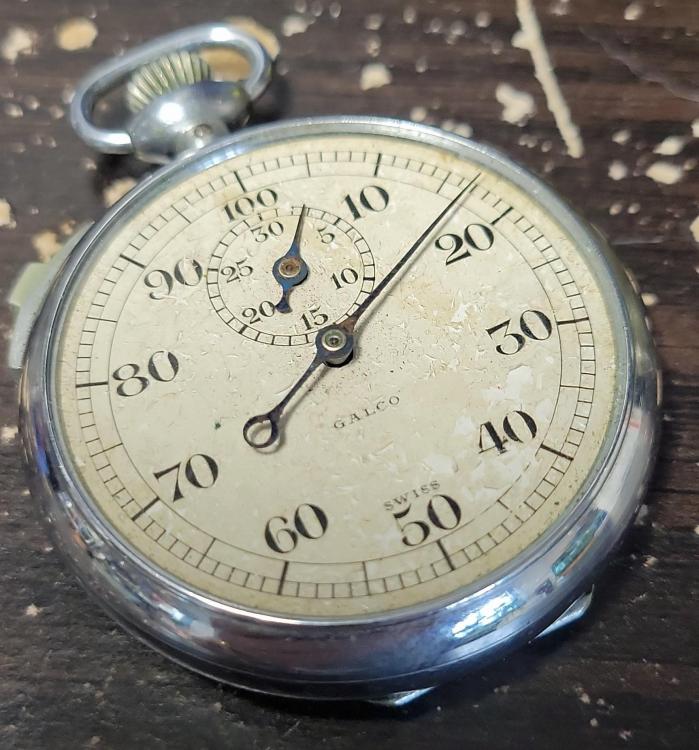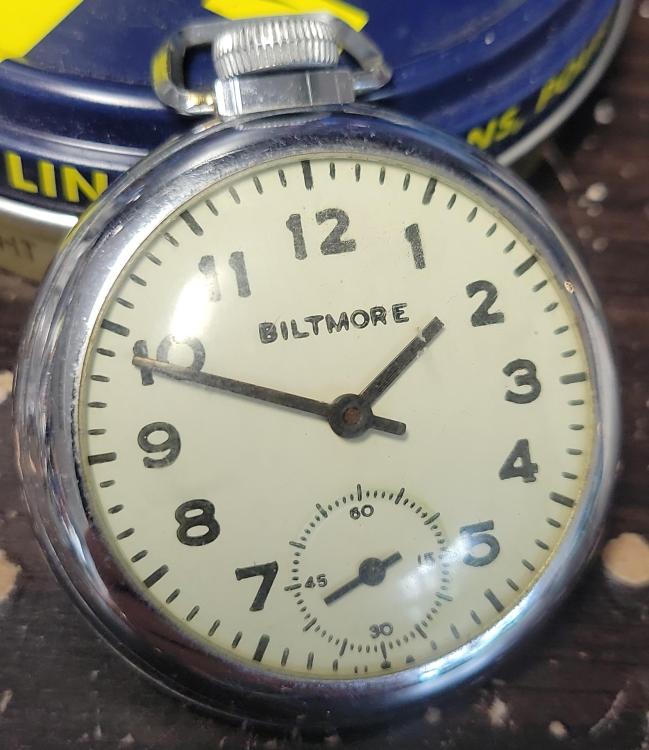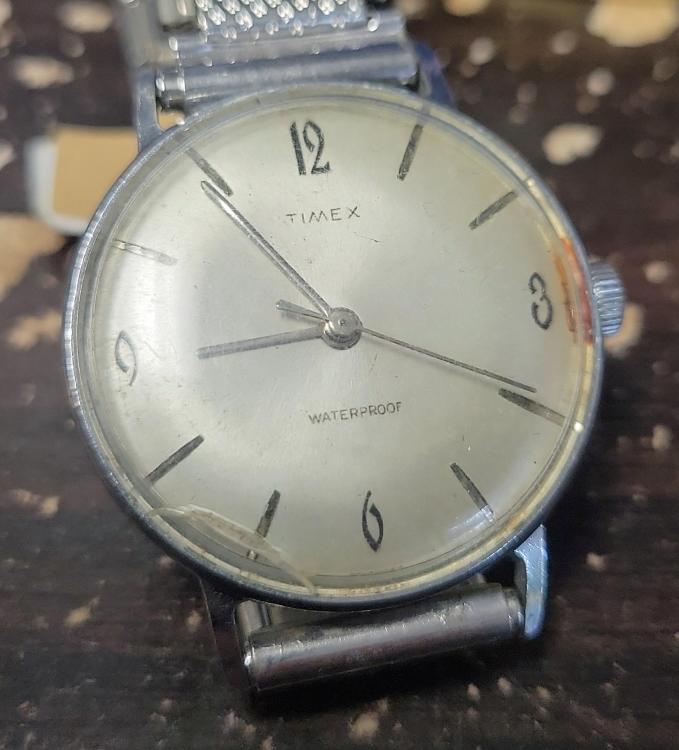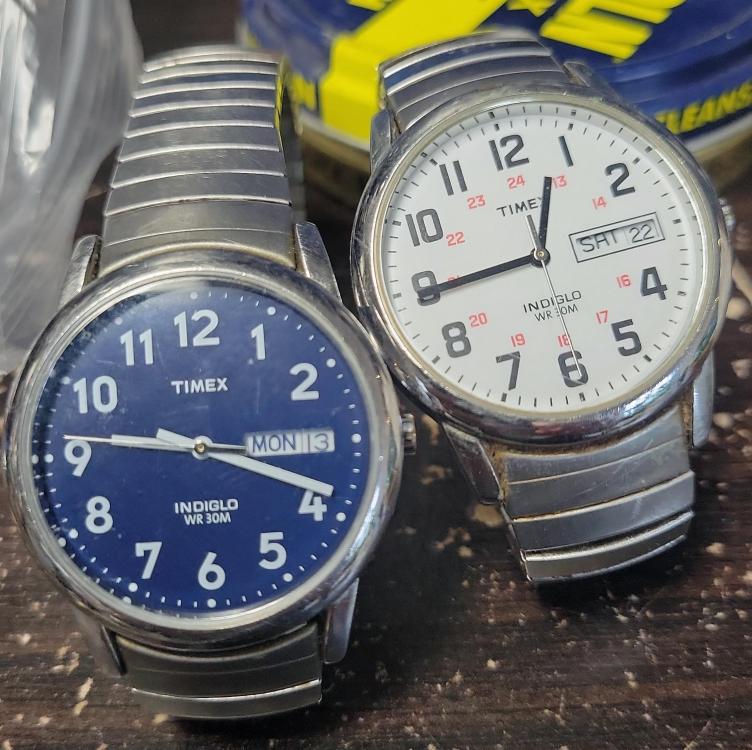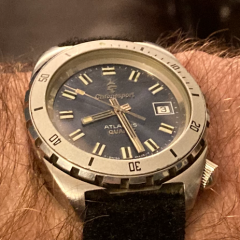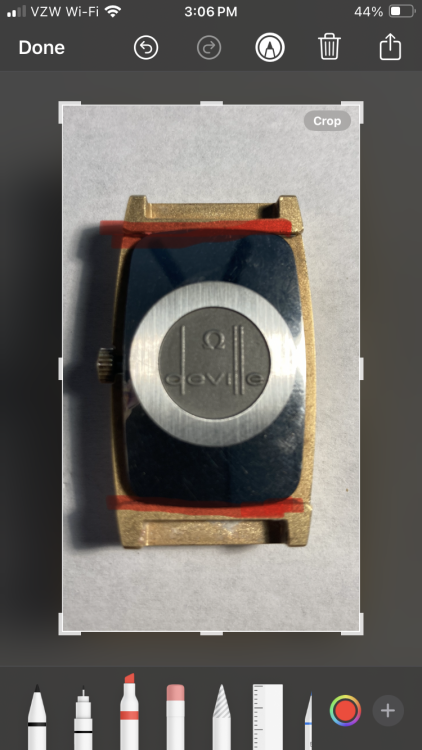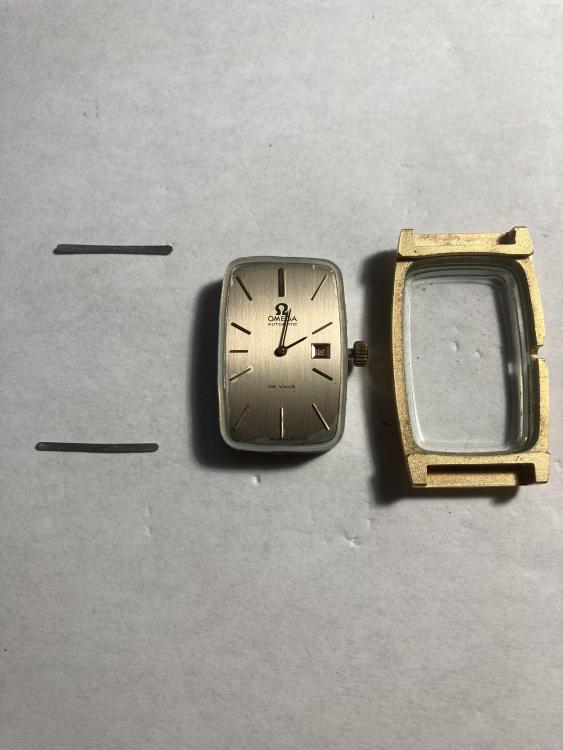Leaderboard
Popular Content
Showing content with the highest reputation on 09/18/24 in Posts
-
4 points
-
I have to disagree with the above, I have quite a few You-Tube channels I subscribe to, and get bored, and a little irritated, when I scan the new thumbnails and see Rolex, Rolex, Rolex....I much prefer to see the You-Tuber take on the challenge of a beaten up and/or everyday watch that I have not seen before, this is a true test of their skills (they should try out our 404/10:10 threads if they really want to prove their mettle). Putting together a high quality movement is easy, and anyone can look good doing an easy job, but putting together a lower quality and/or unusual movement requires more skill and problem solving and is therefore more interesting, educational and informative. Hence, I much prefer channels like Wristwatch Revival (and others) to fix $20 eBay specials and do not begrudge him making whatever he makes from his channel. Making mistakes is part of the hobby and the fixing of these mistakes is often highly useful and informative and the most interesting parts of the videos (or 'reels' as my teenager says I should now be calling them). For example, if all the channels showed high end movements you would never know what a wig-wag mechanism is or how to fix it. Like some others have mentioned I do get a little frustrated with Wristwatch Revival as he rarely does any work of the case or dial, but then our friend at Nekkid Watchmaker (another firm favorite) has this covered in spades. My wife likes watching him too, she finds it endearing that he gets so excited and animated over the polish on a screw, or his 'fish and chip' complaints about an oil swamped movement. I consider Chronoglide to be the gold standard - Kalle is informative and entertaining and he sneaks in some theory so I rarely finish a 'reel' without taking away a new piece of knowledge and some newly discovered 'must-have' tool. He does not do regular edited videos so a re-assembly is impractical in this live format, but many detailed and dedicated videos where each component and repair technique is demonstrated and thoroughly explained - has anyone not watched 'hammer time'? Maybe there is a difference in how-to videos where you can follow step-by-step and get a perfect job, but these are dry and "just give you a fish". I much prefer a more 'warts and all' video with some oddball movement where I get to see all their mistakes and how they fix them and then I "learn to fish" - apologies for mixing my metaphors. I also want to give a shout out to My Retro Watches, this is a great channel. Mike is not perfect by any stretch, but would be the first to tell you this - he is probably one of the most honest you-tubers out there and you get to see all his problems and how he fixes them. I firmly believe that you learn from your mistakes, so if all you see are perfect videos of the same movements, then you aren't learning much.4 points
-
I have a case for my staking set and a case for my Seitz set, but nothing for my Horia clone. I was thinking of building myself one, but lumber is not too cheap these days and I don't like my box joint jig. So, I looked around at some local antique malls for an existing wooden box that would work. I snagged a nice box for $10, but I would have had to lay the Horia tool on its side, as it wasn't tall enough. I didn't like that idea, so that box is now storing some miscellaneous tools. I found an old staking set case on eBay. It had a poor finish job, rusty hardware, a lousy latch, and was missing the lid support. It's bigger than it really needed to be for the Horia set, but it would fit the tool standing up. The case ended up costing me only $22 but it took 5 weeks for it to finally show up on my doorstep. I sanded it down to bare wood, revealing the beautiful wood grain that was hidden by the old finish. Stained and clear coated it. Out of some scrap wood I had, I made an insert to securely hold the stump and pusher set and keep the tool from sliding around. Replaced the hinges. Added a better latch. Added a lid support. I think it turned out nice. It makes a nice partner to my staking set case which I also refinished. Before:4 points
-
Somebody has to be, i blame my parents, i mean i could have been raised in a castle in France or a palace in Japan but noooo i had to be born in Hull , i mean Hull , come the f..k on...3 points
-
Destroying it seems a bit extreme and unhelpful... It's a copy, and it's barely more than a toy, but it's someone else's toy, and they can play however they want. The downside of buying these toys is readily apparent in these sorts of circumstances. The core issue is that you're probably not going to be able to identify the Chinese movement. There are a small handful of outfits pumping out copy movements, and they intentionally obfuscate their origin to a degree so that counterfeit watches don't come back to them. Parts are rarely successfully interchangeable even between copies of the same movement. The movement is effectively a crumpled up kleenex at this point. You could try to track down an identical fake watch to salvage it for parts. This will take lots of time, you'll probably get it wrong a few times, and your customer will be into this watch for many times what they originally paid, and many more times what it's worth. You could measure out all the critical dimensions for the dial, hands, and case, and try to find a new movement that will fit. This is more likely to be successful on a faster time frame and at lower cost. Those copy movements will often mimic the dimensions of a more common movement so that they work in a variety of similar applications. The Seiko similarity is probably a handy clue. This is the route I would take. Finally, you could make the broken parts up from scratch. Guaranteed success assuming you have the tools and skills. Acquiring said tools and skills is no small feat though...3 points
-
3 points
-
With you on this one Scott, i admit to scrolling past high end watch servicing videos. Differences of opinions are likely to be between tinkerers, the pros and much more experienced repairers. Repairing Rolex is way down the line for me at least, they dont fit in with my character i want to learn how to get the best from low end movements. Give me a sack of spanners,overalls and a Mk1 Ford Escort Mexico instead of a suit and diagnostic computer to analyse the engine performance of a Porsche Carerra any of the day of the week thanks for this recommend nickelsilver, omfg this guy sounds just like me , fricking looney3 points
-
Hey All, New to the forum, just wanted to give a quick "hello!". I've been collecting watches (mainly vintage, mostly Heuer chronographs from 60s/70s, but some other stuff too) for about 6 years. I grew up around cars and racing my whole life, and I used to work on them all the time. Now I live in the city and don't have a garage or space to work on cars, so I've turned to a much smaller version I'm working my way through the 2nd part of Mark's training course and building up my arsenal of tools (getting there...) and knowledge as I go. My goal is to be able to work on automatic chronographs confidently one day. That's it, just wanted to say hi! - Marshall2 points
-
It's a deadbeat escapement so it has no recoil, that means the seconds hand after it escapes doesn't go back a little. Getting this type of clock movement into beat can be tricky. You need to make sure it is level on the wall a small spirit level is handy it should have a scale attached to the case where the pendulum hangs down make sure the tip of the pendulum is in line, if it needs fine adjustment then you adjust the screw part at the bottom of the pallet rod. From the photo of the pallets they need cleaning up this can be done with a fine emery stick. Someone has butchered the screws that hold the pallets. Try that and let me know.2 points
-
It's a simple enough place to start as the stem is already loose you can just remove the movement from the case. Then it's just a case of removing the hands and dial to inspect the keyless works.2 points
-
With clock cylinder escapements I would oil every other escape tooth then let the power do the work it will spread the oil to each tooth. You also need to make sure the cylinder has no wear on it around the entry and exit part of the cylinder as the can cause poor action and cause stoppage.2 points
-
Lube! Cylinder escapements need lube! All the old watchmaker's tomes will corroborate this. They are a "friction rest" escapement. A tooth of the escape wheel will always *rest* against the cylinder wall as it turns, creating either engaging or disengaging *friction* depending on which way it oscillates. Neven is right; 8200 oil is good. One of the older books I borrowed did specify that, by the nature of their design, a cylinder escapement should be serviced every year - NOT every five - due to enduring greater friction than a lever escapement. Particular attention should be given to the cylinder wall, inner and outer, to see if there are any deep scrapes. Check escape wheel teeth for burs, and make certain that all parts are as clean as can be. The method of lubrication was given thus: one should place a smear of oil on the tip of every other tooth of the escape wheel. The pivots are oiled like any other watch. Likewise with all other parts. I have worked on several cylinder escapements, and four such watches are my own and one is my wife's. They may need yearly attention but at least they are very easy to work on. If you keep them clean and oil them right they will last very well. I also possess the special punches and stumps, and can get uncut cylinders and tampons with pivots, so if you ever need a site for parts, send me a PM.2 points
-
If it's a fake then it doesn't matter what it is as it needs to be destroyed.2 points
-
2 points
-
the reason for the unadjusted is officially on paper it's unadjusted. In real life it is adjusted to certain specifications. The reason for this is watches imported into the US were at one time subject to a tariff tax based on a variety of parameters like how expensive the watch is, number of jewels things like timing specifications. So to get around this it says unadjusted. but of course it was adjusted. the problem with timing specifications is typically there were never scanned. Technical documentation appears to have only been scanned typically for parts. Which is why we typically do not see the servicing information. Then even harder to find is all the bonus documentation the various interesting stuff the various watch companies had. Specifications of things upgrades new tools whatever. Which also means timing specifications for the most part do not exist sort of. At one time when ETA which share the documentation you would typically have a technical communication for servicing and the manufacturing information with all the nifty movement specifications including timing. Another way you might find timing would be as if you had access to Swatch group perhaps the various watch companies would list the various watches they had that they were using and they might list their timing specifications all in one place which would be really useful for us right now. Except I'm going to have to make a minor modification through a number as 2824 is too old we need to add a number to make it a 2824 – two. So basically were comparing to a modern watch with screwless balance. Or basically less things for watchmakers to screw up as soon as you add things like movable screws or timing they can play with their going to play with the watch. But still we get modern timing specifications so I like that Delta five seconds I assume and six positions and your watch totally sucks with the Delta in four positions I can see why you're very concerned. Now that my amusement is out of the way let's look at timing specifications. two separate companies conveniently I did not copy who they are. The first one only has one 2824 and the second image has more of them in the various grades. Plus minor technical amusements of how average rating is expressed. I've actually seen it expressed one other way not listed below. So in the first one it's given as zero seconds with a plus number. The second snippets is a plus and minus number. Then the third method I saw of was basically the same as the second except it wasn't zero that you're aiming for you had a target rate with a plus and minus error basically. then testing of watches always good the test and six positions avoid surprises. But official timing specifications as you can see from the two snippets below three is the most common and I do see on the second image a couple of just two positions. Then obviously the more positions you add the harder it is to get within the specifications. Rolex typically times in five positions although that six position isn't going to change very much. Omega does do their master chronometer in six positions. But even Omega other typical wristwatches are three positions.2 points
-
1 point
-
this would actually be the best plan for both you and the customer. Attempting to fix a watch that was never designed to be repaired leads to lots of problems for you. Then if you can't quite get it right the customers going to be unhappy with you not the people who made the watch. It's best to explain to the customer that it's not a real watch it only looks like a real watch and it's really cheap is is not meant to be repaired. the problem with watches are people only see the outside they somehow think it's real and the just don't grasp what they have at all. so education of the customer explaining the outside looks real but the inside is not and it can't be repaired ever is the best option.1 point
-
Hadn't seen this original post as I wasn't a member but the OPs is a AB234 from 1955/57 with an RY movement. Edit Just realised no sub seconds dial so not an AB234 but probably a Y322 from 1956/571 point
-
1 point
-
I would try ebay, nos parts for these do come up but not too often. There are loads of donors around but you will want to ask the seller if the watch runs to be more confident about getting those parts intact. Please post a picture djd , Smiths are my thing, lets identify your watch before going any further.1 point
-
1 point
-
@Joma1099, several things to say here. First, my 30 turns by the fingers will differ from Yours. There is no exact definition for '1 turn by fingers', at least unless You have put black dot with permanent marker on the crown and count real turns of it. Then, when You first wound the watch, it has been fully unwound, after full discharge of the spring. Hope You understand, that the amount of turns will depend on the time between windings. If You have wound it to the end before 5 hours, then twice smaller amount of turns is to be expected than if wound before 10 hours and 4 times smaller if wound before 20 hours. The full amount of turns is to be expected only when the watch has stopped due full discharge of the spring, may be after 40 hours of work after full wind.1 point
-
Small but (I think) very good looking watches. I have a couple of them although mine have the Wostok 2209 movements inside. https://watchmender.wordpress.com/2023/01/28/sekonda-field-watch-wostok-2209/#more-4841 point
-
@Joma1099 This is a good question, one of the things I hear a lot is "careful you don't over-wind it" or I over-wound it and now it won't work. Even my wife an mother still tell me this after mannnnnnnny times of explaining. In essence the spring has a 'stop' built into it, so when you are winding you can keep on going until you find the resistance abruptly change, even if you try you cannot wind beyond this point as the watch is designed to be wound to this point - obviously you could go further and break the watch, but this would take considerable effort. There is one caveat to the above, this is for automatic watches, ie those that wind themselves from your wrist movement. These watches are built without a stop on the spring and once the maximum wind is applied the spring is designed to slip. So you can keep winding these forever as you should never feel a discrete sudden resistance. In short - unless you are the hulk, wind away and don't worry about it1 point
-
Fully agree with the above, and a small investment in one of these pads (check out Amazon/eBay/Ali) will take care of greasing the o-rings for you, the siliconed o-ring will also be more 'sticky' and increase the chances of staying where you put without pinging off whilst you get the case etc back into position: You can also recharge the pads with silicone grease This is easier said than done, perhaps the easiest way is to use a measuring cone: These can be expensive, but if you have a access to a 3D printer you can make your own: https://www.printables.com/model/471050-o-ring-sizing-cones/files To calculate the outside diameter (OD) of the o-ring, you just need to measure its thickness using a caliper or other tool and then use the formula below (credit here): To calculate an o-ring's outside diameter (OD) you may use this formula: 2(CS) + ID = OD If you have the OD and need to find the ID use this formula: OD - 2(CS) = ID Another slightly less accurate (but still more than good enough) method to approximate the o-ring size is to cut the old o-ring and then measure its length = circumference... So diameter of the o-ring = length/π Finally, o-rings can break fairly easily, dropping them in a cup of hot water will soften them up and allow them to be stretched a little more without breaking - in a pinch I have even used a cup of coffee on an oil rig at 3:00 am in the north sea to do this - you can't always find hot water but you can always find coffee! ha ha.... but not suggesting you use coffee here, before I get strung up, just an amusing anecdote.1 point
-
I guess cylinder escapement is more responsive to lubrication than Swiss lever . I didn't know that. Have only one pocket watch with cylinder escapement, must have not been serviced in past thirty years, but kicks off and runs strong with little wind which kind of misled me. Gosh , OH I live in stone age when it comes to computer stuff. learned forturan specifically to do complex numerical calculation just for nuclear reactions. First I heard of windows, thought its about glass windows in buildings.1 point
-
1 point
-
It looks like a poor impersonation of a Seiko NH35. If you want to keep it/fix it then remove the Tissot branding from it or hit it with a hammer.1 point
-
See, the cylindre escapement is not free oscillating escapement. The balance is never free and friction in the place where the cylindre wheel teeth touch the cylinder is present all the time. You need to perfectly clean and lubricate at least the escapement parts. The best lubrication I have found for cylinders is Moebius 8200 grease. Just a little quantity on the traces which the teeth have left on the internal and outside surface of cylinder. The down side pivot looks bent. This is no good, but if the free oscillations test is OK, then probably the movement will be able to work.1 point
-
1 point
-
1 point
-
1 point
-
Do these help https://www.crazywatches.pl/tissot-f1-seastar-2031-quartz-1978 2031 & 2037 Guide.pdf1 point
-
1 point
-
Got a text from a friend letting me know the local Habitat for Humanity Re-Store just got a bunch of watches in, so I ran over for a drive and found a few really neat thing! First off is this Cimer ladies' watch for $1. I had a hunch it had radium lume, so I had a rock-collecting friend test it with his scintillator, and sure enough it looks like it. Here it is with and without UV light. Then there was this miniscule Westclox ladies' watch for $1. Vintage Timex, $1. The rest don't technically qualify for the 404 club, but since I got them at the same time: a Biltmore pocket watch for $8, these two Timexes for $6 and $10, and a Galco stopwatch for $20. Inside the back it says "Jules Racine & Co."1 point
-
I did some additional cleaning and discovered that the bars actually run the full width of the watch case in the slot cut in the gold part of the case. See red lines on pic. It seems that maybe I should push on one end and push it entirely out the other side. I placed a small screwdriver on the end closest to the crown side and tapped on it and it did move a bit out towards the other side. It doesn’t seem as if that could do any damage if I continue to push it through until I can grip it with pliers and pull it out the other side. Am I missing anything? Nucejoe, I just reread your comments and I think this is exactly what you are suggesting, correct? Ok, got it! Once again thank you to everyone for your help!1 point
-
sometimes this can be referred to as hijacking a discussion. Often times usually newbies who come to existing discussions and say my watches the same as and that's not really the way to do it as I would typically consider each watch a separate discussion. then we throw in the other problem of the title versus the discussion itself. Titles need to reflect what the discussion is otherwise people will not necessarily participate in a discussion if the title does not reflect what the discussion is. so this now brings up what exactly is the question kind of an yes it is very confusing then I'm confused where they answer was but apparently it's been answered? just a clarification to Omega reference or case numbers? They're not always an exact science Frentzen some wobble watch will get a number and it could refer to quite a few different cases. In other words it could be stainless steel or solid gold or lots of things it's more like a style number than an exact something number. Then especially when you start C Diels changed often times people will assemble a watch to sell to some unsuspecting person and they will mix-and-match things that seem to fit in the case. Then yes the other case I would definitely recommend not prying as that's not how the watch comes out. It be really nice if we had a number from anywhere? I don't suppose there is numbers at the end of the case if you remove the strap? conveniently I cannot find a picture of what I'm looking for but I can speculate on what I'm finding there is supposed to be two separate spring clips that are used to hold the stainless steel part of the case in the rest of the case. So somehow you have to push them out in the absence of any other information from where their hiding in the image. Then the entire back assembly with the crown will come out. That's why you'll notice that the crown case tube is part of the stainless steel part holding the entire movement and not attached to the outer case itself.1 point
-
.......my dream is phone turned off, isolation in my watchroom, shut the door heating on , coffee perculator brewing in the corner, big tv on the wall in front of my bench, surrounded by books, tools and watches ........heaven in a nutshell ❤1 point
-
I like all those mentioned and pull something different from each. My wife enjoys Kalle and Stian so we watch together and I’m in less trouble when the Esslinger and Cousins deliveries show up1 point
-
You can all send me your useless finger cots, I have long slender fingers and have not had a problem with them Tom1 point
-
1 point
-
I tried several different type large" cots & they were all too tight. I just use nitrile gloves for the main movement re-assembly then hold it by the stem as far as practical in later stages.1 point
-
Cousins' cheapos are very slippery. I like to use a nitrile glove in left hand when I need one. I might order some other brand next time I'll make an order. I just don't understand the sizing. The Cousins large cots (that are a bit too tight at the collar) are marked as 27mm but Bergeon large is 21mm. A*F large is 29mm. My hand size is more like a medium.1 point
-
I get my cotes from Asco Shurch in Switzerland. I've tried so many others, all crap. I get their textured (tips) pinc non-talc. They bite a bit on the rolled part, but they're the best I've used. We have a new guy in the shop, very skilled. Asked if we had medium size cots (he's maybe half my weight and a head smaller); we have large and small. Colleague was out and asked him to pick up some mediums (Neuchâtel Switzerland, asco schurch is downtown). Got them, seems ok, but he doesn't like the "rim". They had different ones where he worked before. I swear he will swear by these Ascos soon. You can cut the rim off. But they're grippy and last for days.1 point
-
1 point
-
Yah I’ve tried some of the recommended types- all too tight. Cousins are good- I just get the pink ones- XL? I think there’s a larger size, too1 point
-
I buy the Cousins cots. Those bags last for ages. I just ordered a new bag this afternoon! I had the same problem, I measured my finger diameters using my micrometre as about 19mm, so ordered the medium 19mm cots. They were way too tight, so I used to cut the elastic bit. The sizes are confusing. Although I have medium sized hands (for golf gloves), I find the large 27mm are a good fit. I imagine that for people with large hands, these will be too tight. I notice that the A*F cots come in larger diameters.1 point
-
1 point
-
1 point
-
Yes that’s the click spring. Aka bfg 866. Stop a horse, smiths empire like the ingersol pocket watch were the farmers favourite, tough as old boots many’s the waistcoat pocket that had an ingersoll and the empire on the wrist. They only needed to tell milking time and dinner.1 point




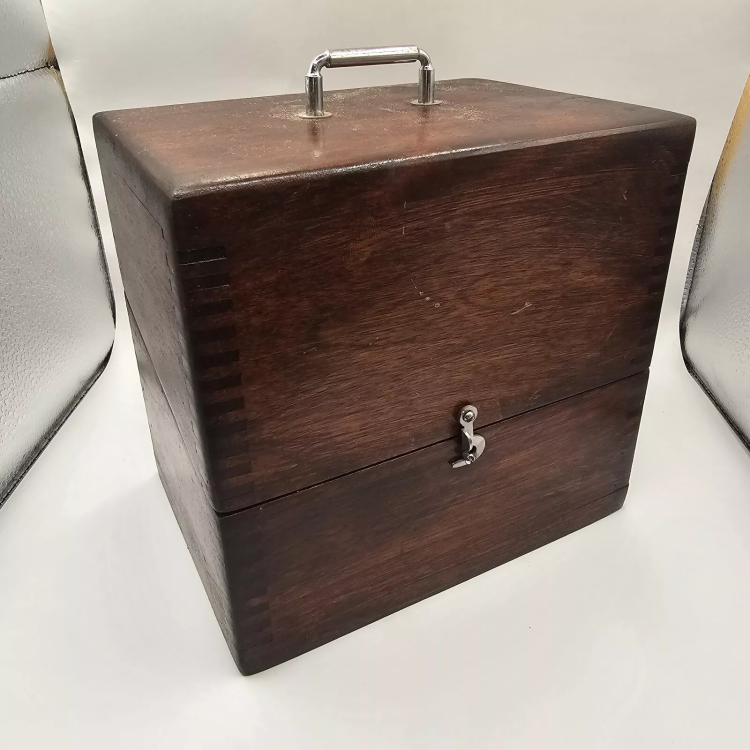
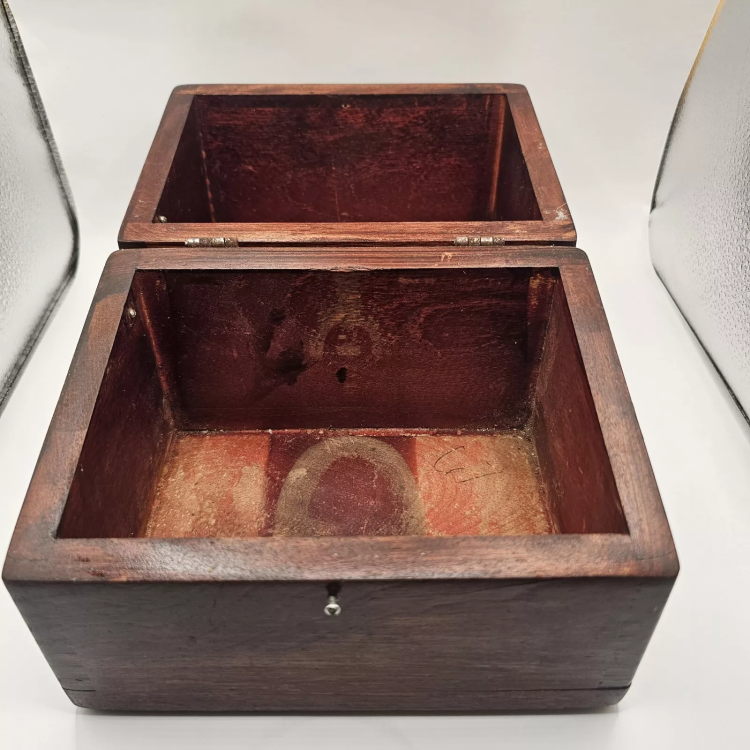
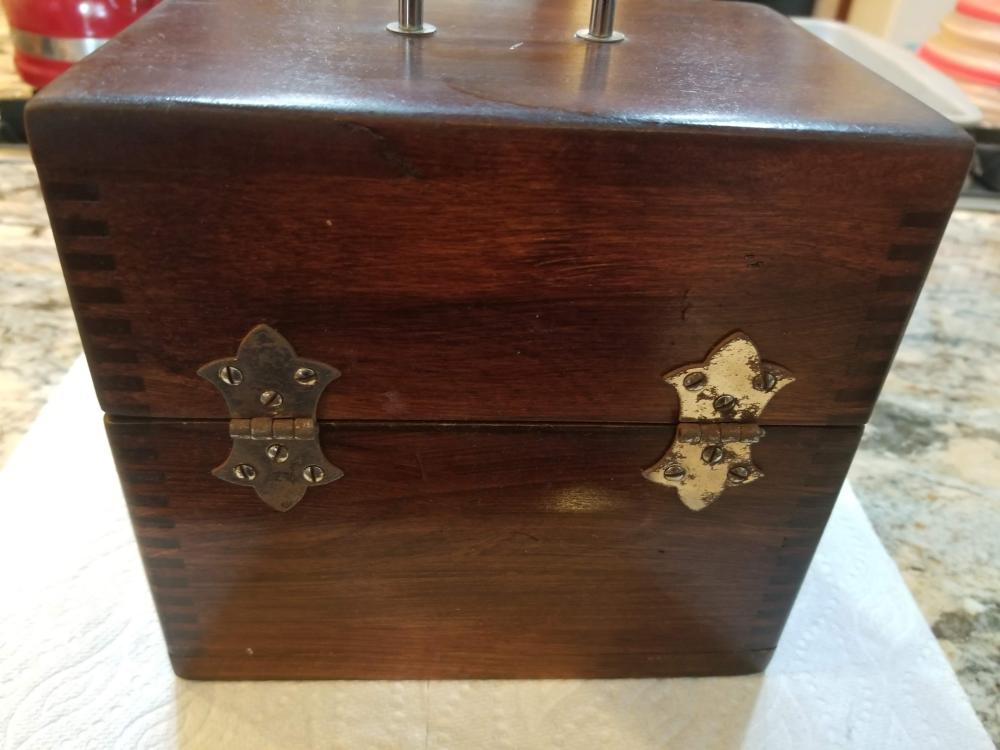
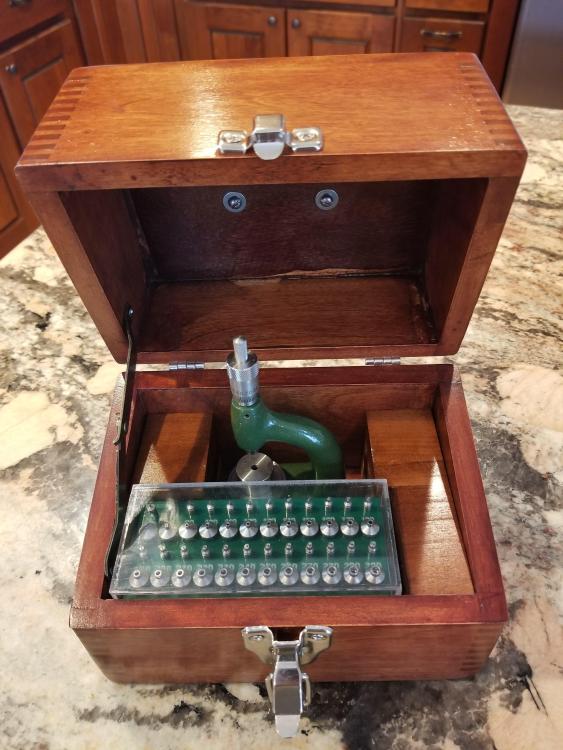


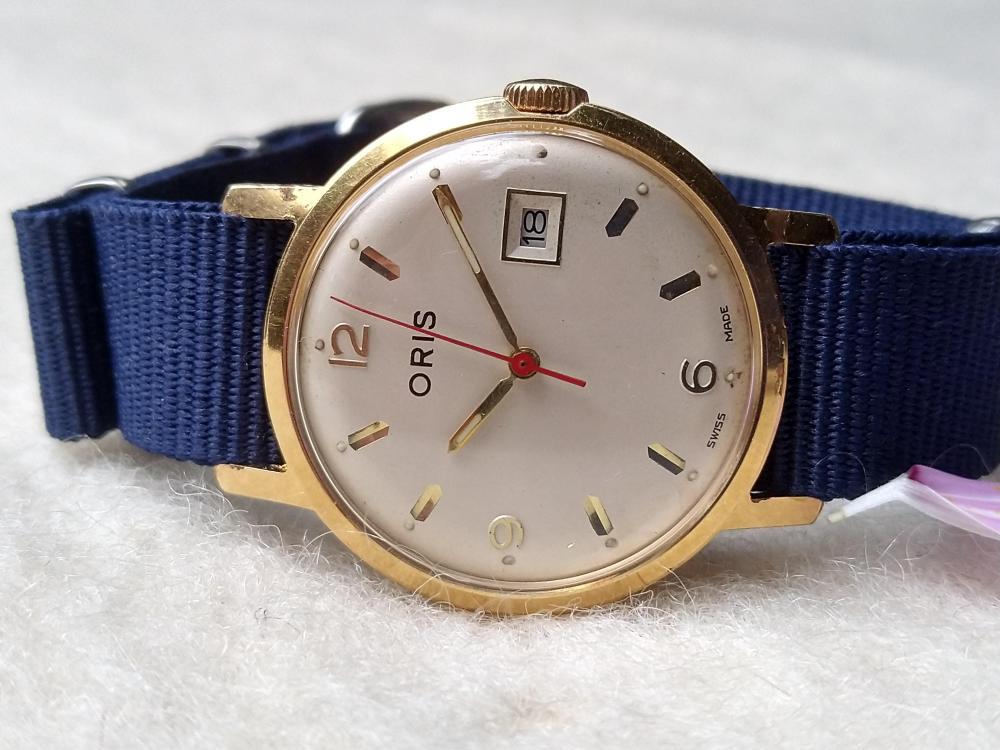
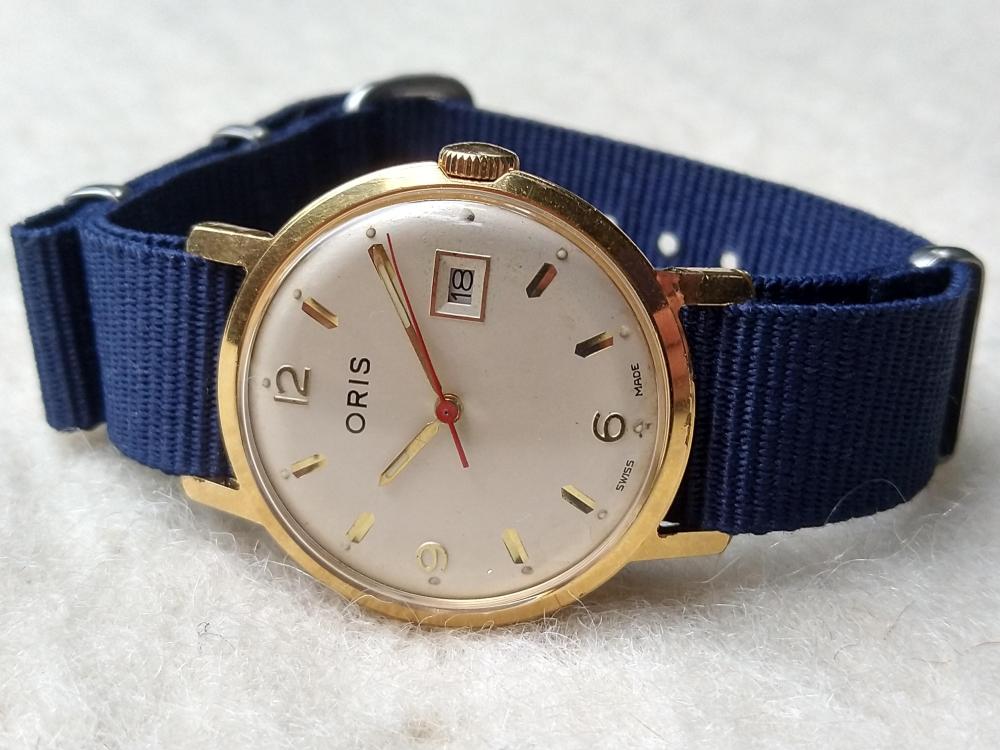
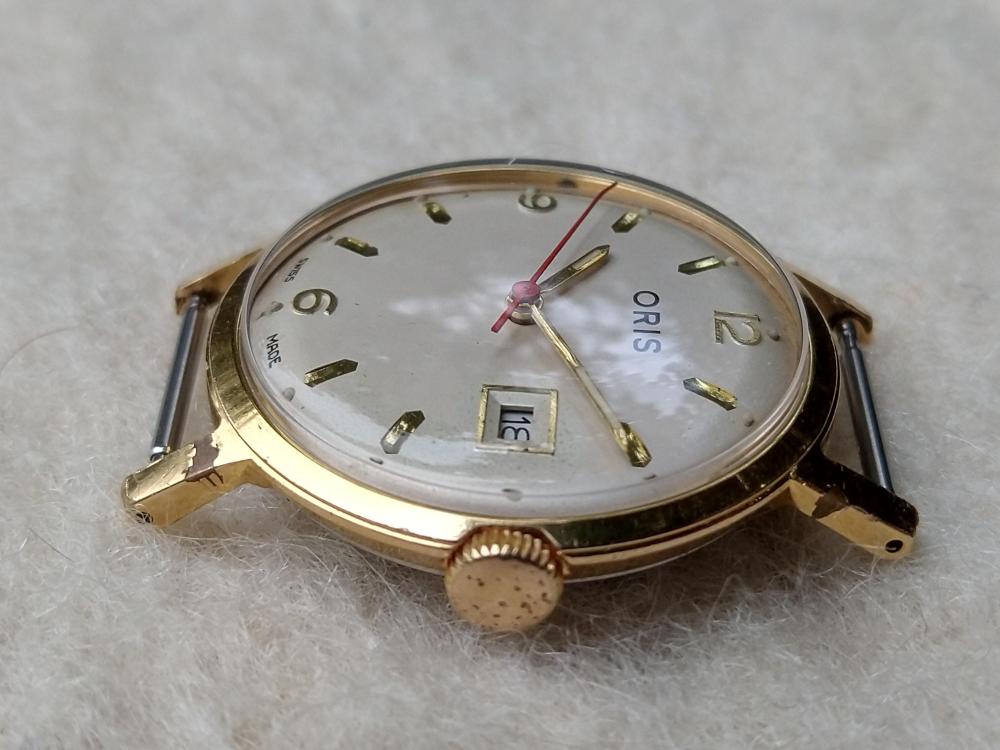
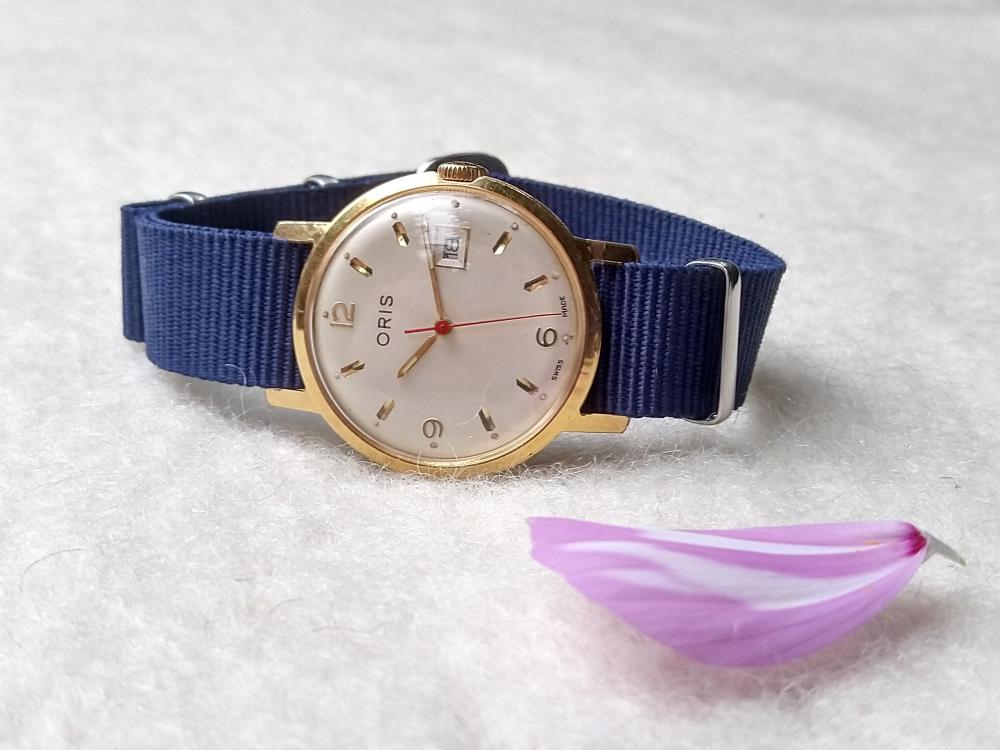
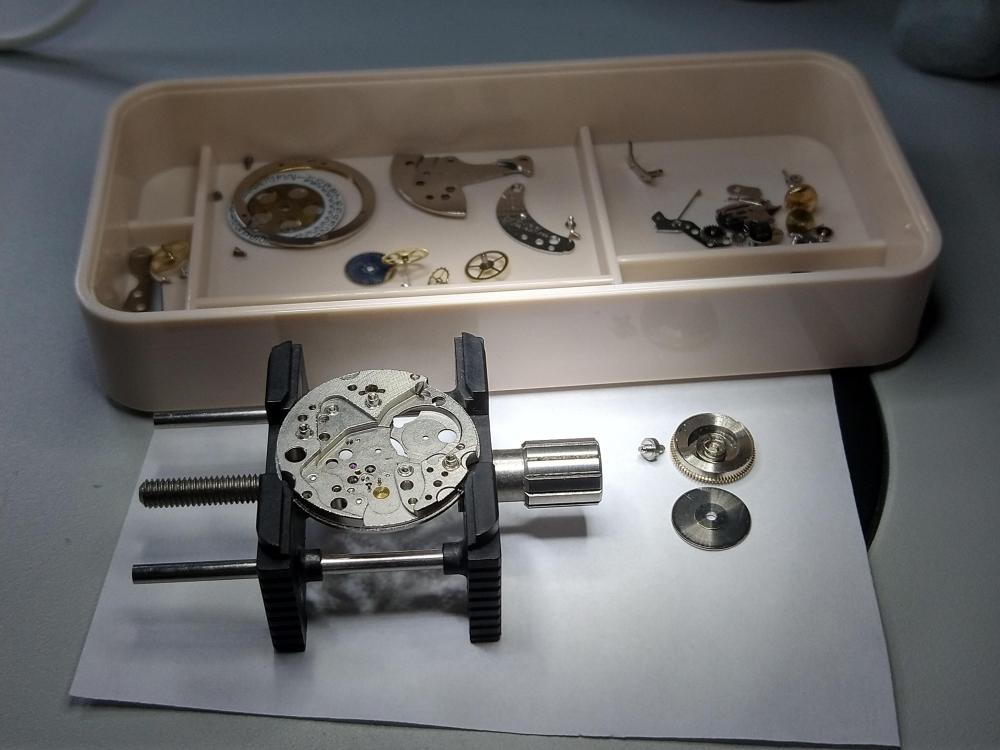
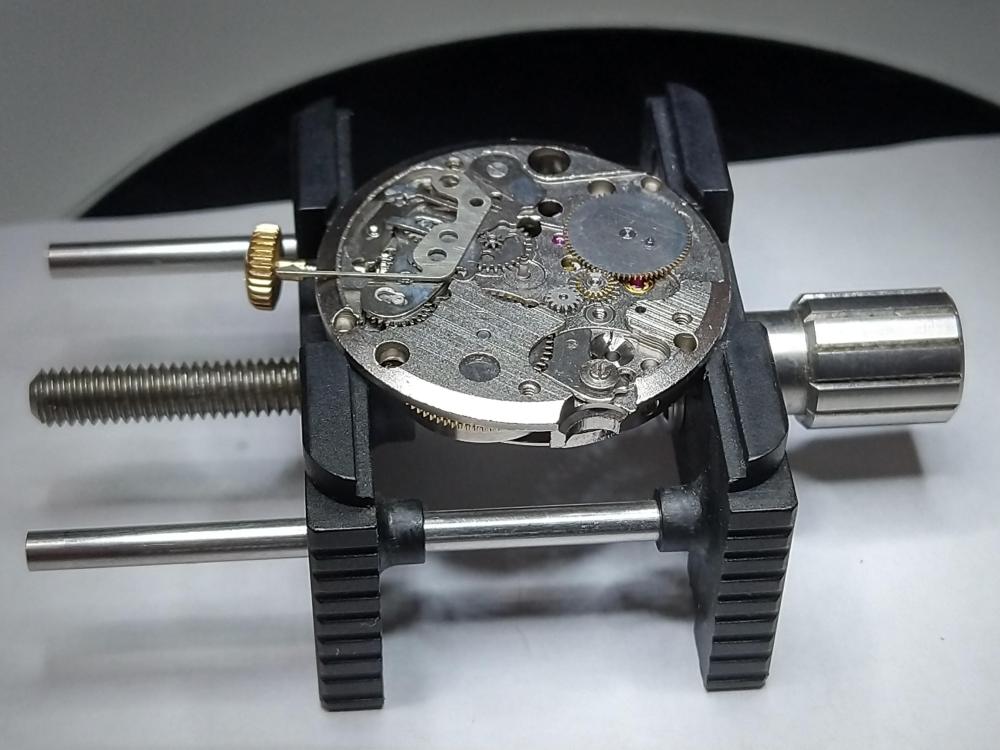
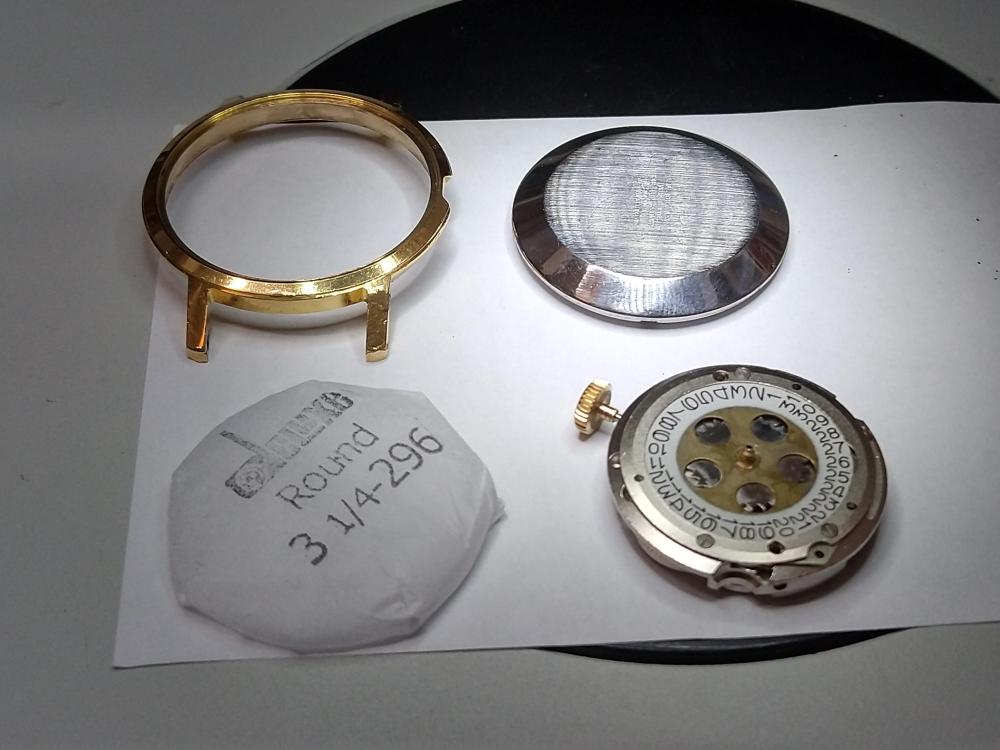
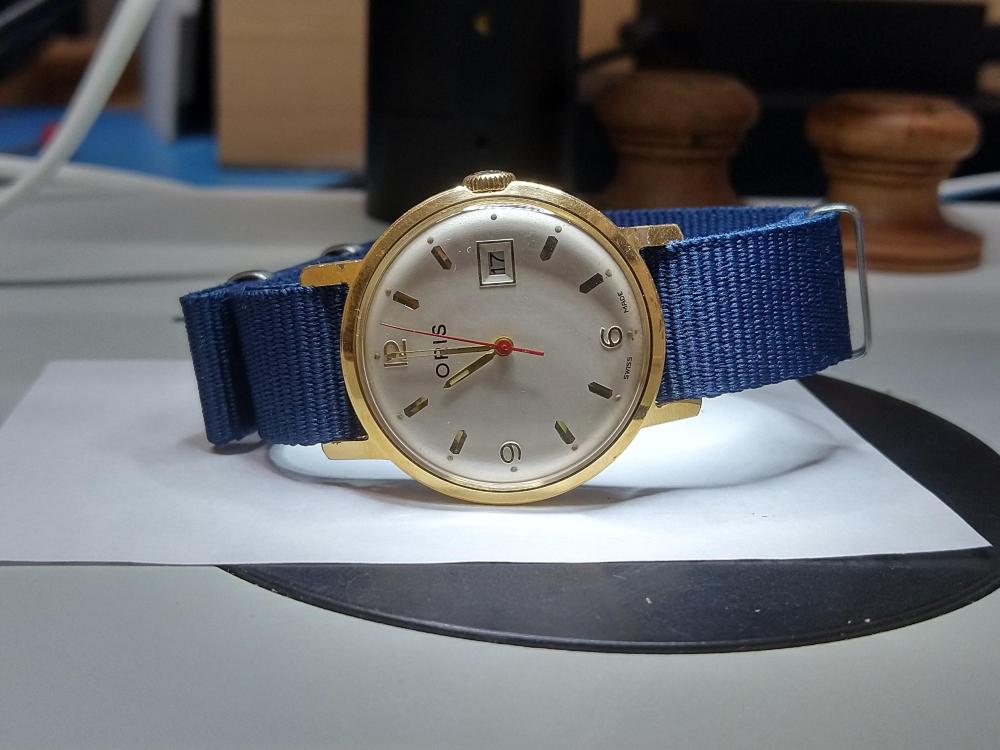


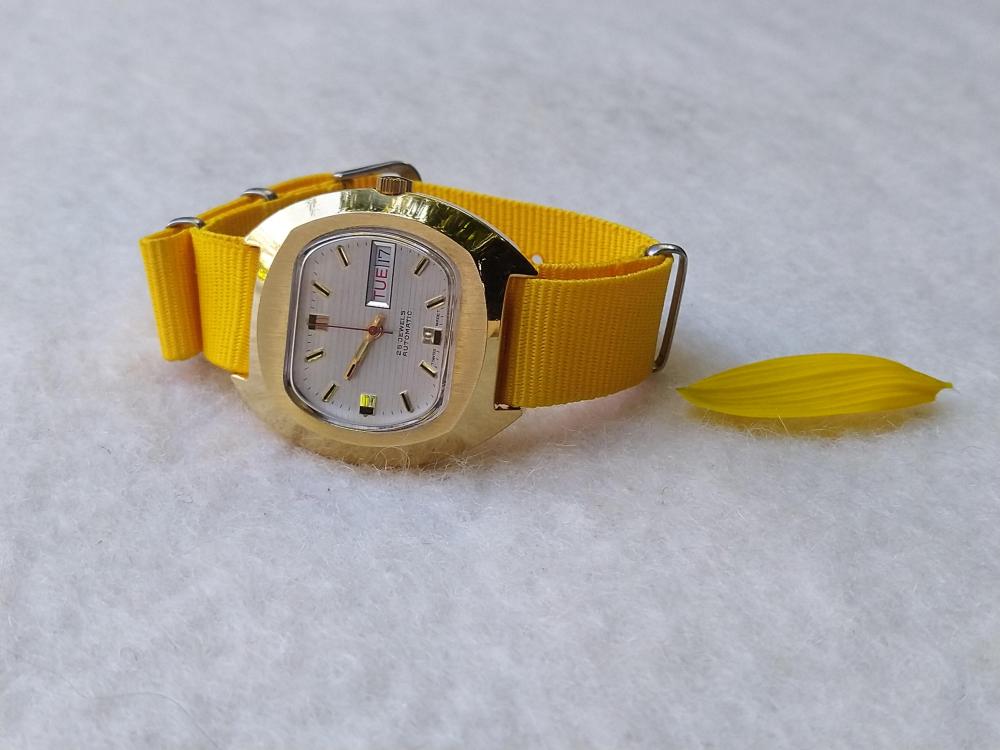


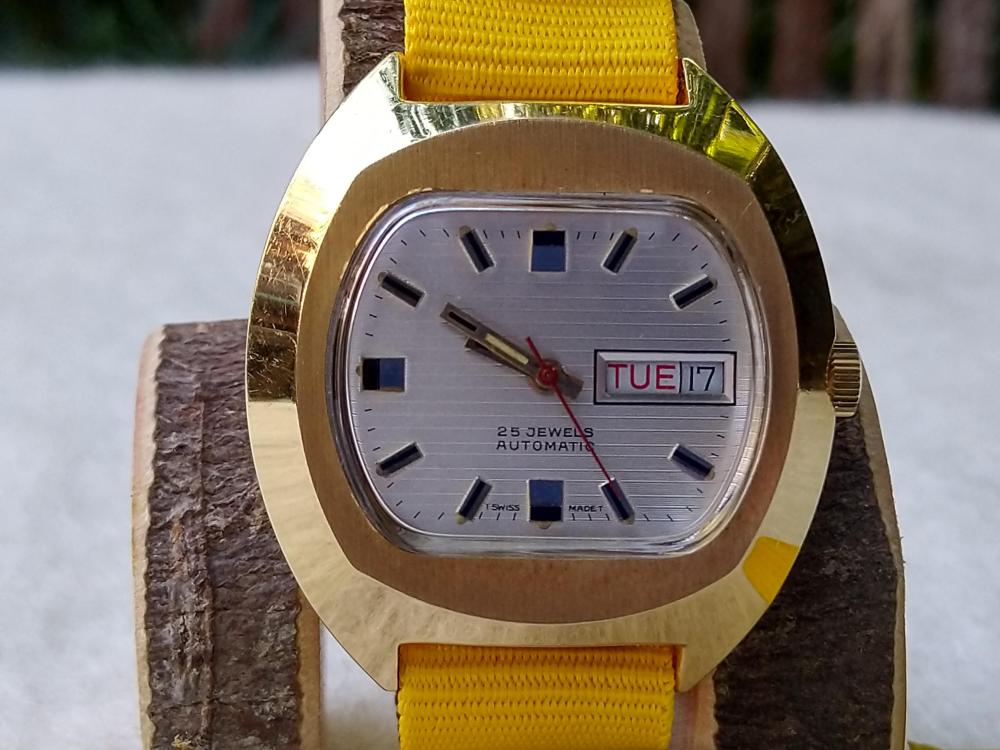


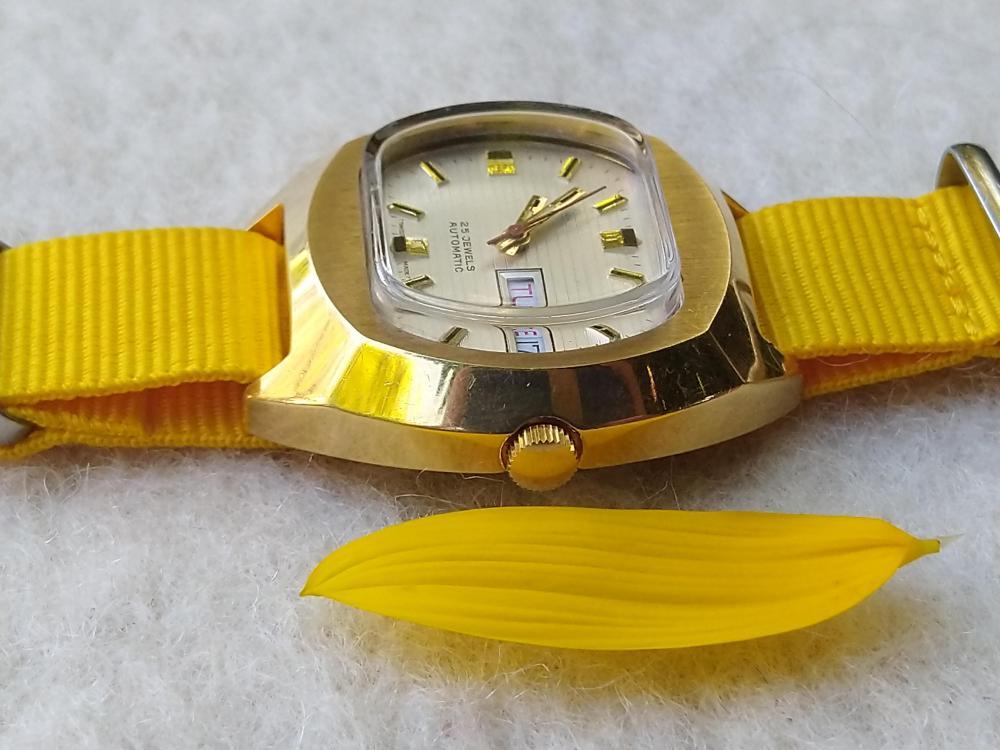






.thumb.jpg.855ec4d2c6a843b0981b824425517bf8.jpg)


